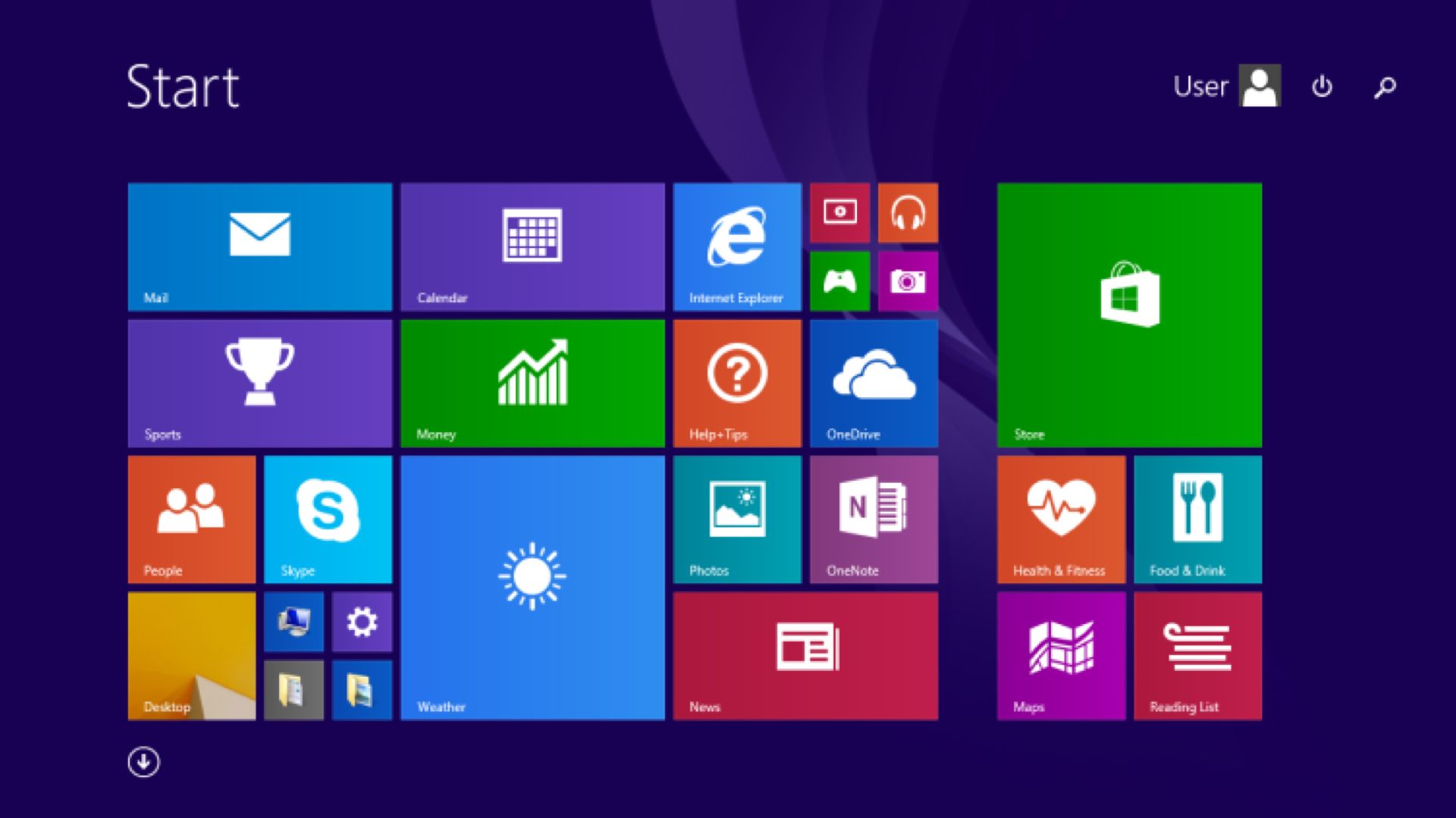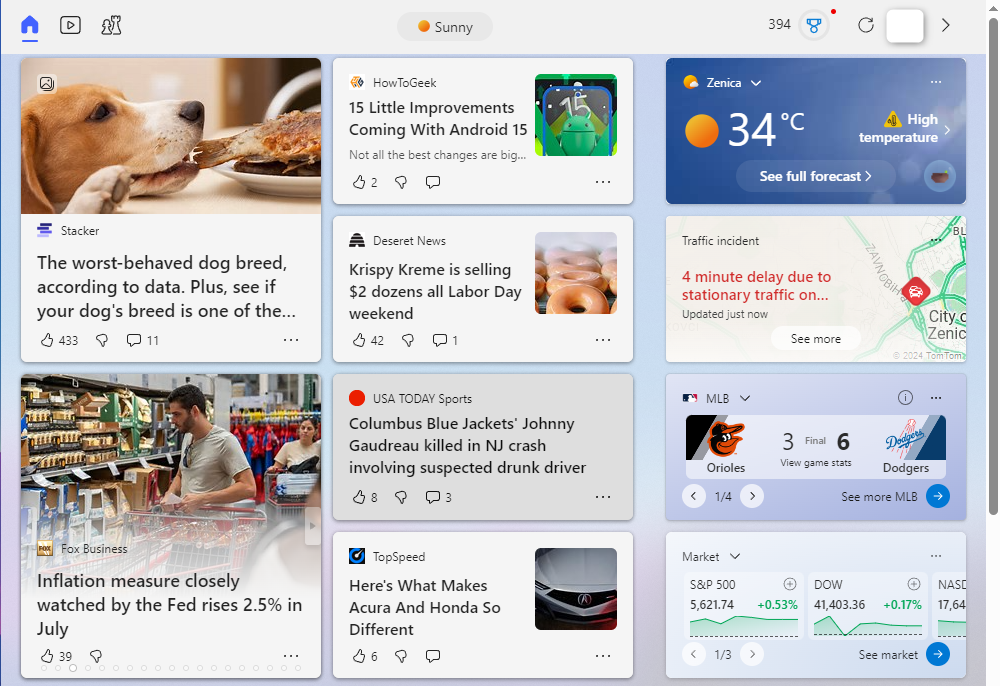Key Takeaways
- Windows 8 was faster, more secure, and had more features than Windows 7.
- The new Start Menu was not popular, but it was revised with Windows 8.1.
- Windows 8 introduced numerous features that Windows 10 is better known for, like the Microsoft Store and UEFI.
While Microsoft is notorious for botching every other Windows version, I think that one of those infamous releases doesn’t deserve the hate at all—Windows 8. I started using it the moment it came out and never looked back because it was actually good. Before racing to the comments, allow me to explain.
Windows 8 Outperformed Windows 7
Windows 8 was objectively better than Windows 7 in many ways. One of the big ones, at least for me, was performance. For starters, it had a “Fast Startup” feature that effectively cut boot-up times in half, a big deal when most computers still relied on traditional hard drives. Windows 8 also performed quite a bit better than its predecessor.
While gaming performance largely remained the same, and even slightly favored Windows 7 when Windows 8 was first released, Windows 8 fared better in synthetic benchmarks. More importantly, Windows 8 felt faster, all while using fewer resources. It was an all-round improvement to the Windows formula and a rightful successor to 7.
In addition to being faster, Windows 8 improved battery life, which is fitting because the operating system was built specifically with tablets and 2-in-1s in mind. Another big step up was security. Windows Defender was finally able to detect viruses. It was also the first time we saw UEFI Secure Boot, a feature that checks your digital signature before booting into the OS to ensure your PC hasn’t been compromised, a feature that’s now required to install Windows 11.
The Start Screen Tiles Weren’t a Big Deal
We can’t talk about Windows 8 without discussing the new Start Menu that made it such a reviled update. As a refresher, Metro UI was the new Start Menu that debuted with Windows 8. It replaced the traditional Start Menu in the bottom-left corner we all know and love with a full-screen version that turned all app icons into square and rectangular tiles. Many of them displayed real-time information, e.g., the weather app displayed your location and weather instead of a generic weather icon, hence the name “live” tiles.
The reason behind this is that Microsoft wanted to make an OS that feels natural to use with a touch screen. After all, the design worked well for the Windows Phone. The only issue is that users were used to the traditional Start, which worked really well as a menu within the desktop.
The Start button on the taskbar was gone, so each time you wanted to open settings or access a program that wasn’t on the desktop, you’d have to open the somewhat confusing Metro UI. The desktop was essentially treated as “just another app” within Metro UI, which felt really odd to use on a desktop computer.
That being said, Metro UI got way too much hate. People wanted the old Start Menu back, and they got it with Windows 8.1, which was released only a year after Windows 8. Before that, you could use a third-party app like Classic Shell to get the old Start Menu back. I used it personally and never felt like my experience was downgraded in any way compared to Windows 7.
You still had access to Metro UI with the Classic Menu in place, so you could use it on your tablet or if you wanted to keep some apps in their own special place. In fact, if you like the full-screen style, you can still enable the Windows 8 Start Menu in Windows 10.
Windows 8 Paved the Way for Windows 10
Windows 8 did a lot of great things for the OS, yet it didn’t get credit for most of it—instead, it went to Windows 10. That’s why I want to shed a light on some features introduced with Windows 8 that you might still use today.
The first one is live tiles. While Windows 11 ditched them for good, those who are still on Windows 10 like me can still see them sprinkled all throughout the OS. The Start Menu, Settings, Notifications Pane, and Weather & News Widget still use tiles, and nobody seems to mind them.
Just like how Windows Vista introduced the design used in 7, Metro was used as the basis for Windows’s next design language, “Fluent Design System,” used in 10 and 11. Personally, I much prefer Metro to Windows Aero, which always reminds me of the antiquated “clear craze” of the 90s and early 2000s.
The Microsoft Store also made its debut with Windows 8. Some other notable improvements include the Task Manager, File Explorer, snapping windows, new and improved built-in apps, biometric login, and a lot more. I already mentioned antivirus capabilities and UEFI, but there was another security addition called BitLocker, which allows you to encrypt sensitive files.
If you were to boot up a PC running Windows 8 today, you’d be surprised by how similar it really is to Windows 10. While the Start Menu wasn’t great, I don’t think that the hate that the OS got was deserved. Moreover, Microsoft listened to feedback and made Windows 8.1 an excellent operating system that cleared its name.






